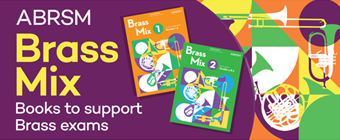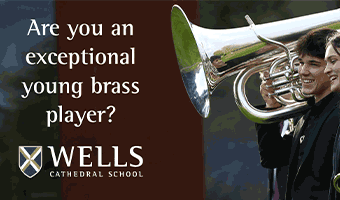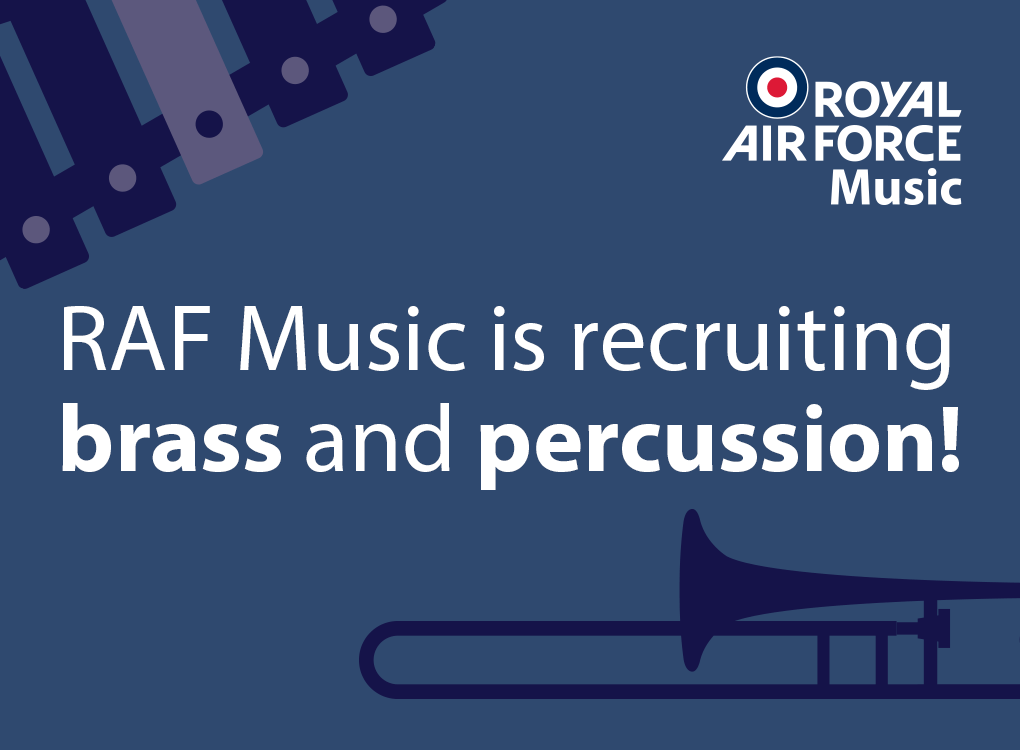Philip Biggs continues to attract first class performers for the afternoon session of the Brass Arts Festival, even though audience numbers are sometimes disappointing.
Those who did make the effort though were treated to top class brass playing by this engaging quintet.
Made up of past and present students of the Royal Academy of Music, Total Brass presented a varied programme consisting mainly of original works.
Challenging opener
Tom Harold’s ‘Locked Brass’ proved an uncompromising opener, utilising many contemporary techniques and with effective use of mutes and glissandos.
The shot chords were very precise, contrasting with more sustained passages.
The oldest piece on the programme was the first movement of Ewald’s ‘Quintet No 3’, one of the earliest pieces written for this combination. The melodic interest was shared out between all the players, who also had to cope with some slick semiquaver work.
French elegance
Eugene Bozza’s ‘Sonatine’ was an attractive 4-movement piece, unmistakably French.
The opening was light and bouncy, whilst the second movement featured trumpet and horn against a steady tread provided by the remainder of the group.
The third movement featured agile writing for everyone, frequently following one another in sequence, whilst the finale started slowly before ending with a lively Allegro Vivace.
American contrasts
Michael Kamen’s single-movement ‘Quintet’ was written for Canadian Brass.
Opening with the French horn, the music gradually developed, with the trumpet taking the melody into the upper register and the quintet producing a lovely rich sound, stately and majestic.
Bruce Broughton’s ‘When a Body Meets a Body’ presented quite a contrast, with running quaver passages and use of mutes. The melody moved continually from one instrument to another, with the music full of energy and excitement.
Call
For Berio’s ‘Call’ which opened the second half, the players were spread out across the platform, maximising the spatial effects.
With a steady pulse and strongly accented notes, there was much ebb and flow as the music moved from one player to the next.
All players were called upon to flutter-tongue, and also to sing through their instruments, whilst following a reprise of the opening bars, the music suddenly died away to nothing.
America north and south
The Latin American ‘Tango’ (Agnas) called for virtuoso horn playing and made effective use of the piccolo trumpet, whilst a trombone phrase could have come straight out of the ‘Threepenny Opera’.
The playing of Andre Previn’s ‘Four Outings for Brass’ captured the various moods most effectively, after which Matthew Blunt amazed and amused the audience with his performance of ‘Fnugg’.
Reflection and exuberance
Robert Smith took up flugel for ‘O Magnum Mysterium’, the group managing to sustain the phrases effectively despite only comprising five players.
They ended with ‘Son de Mexico’, brilliant trumpet fanfares leading to a fiesta-like section.
With broad vibrato, mariachi-style trumpeting and a virtuoso flourish at the end, it made for a thrilling finale, before they brought the afternoon to a close with an encore, ‘A Nightingale Sang in Berkeley Square’.
Peter Bale









